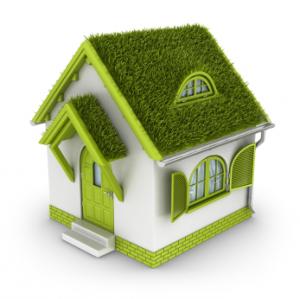Short List for Safe Skin
The end of summer is a good time for thinking about your skin.
Receive our FREE E-LETTERS
with health updates from DrDeborah.

We're talking about our homes - where we eat, sleep, and spend time with friends and family. Sure, we're all aware that our home environments have strong impacts on our health, but researching and then implementing solutions can seem overwhelming. We'll sort through the issues and provide some clear thoughts on the controversies.
In these pages, we'll explore topics to inform you about how your home environment affects your physical and mental well-being. Topics we'll cover range from broadly applicable ones like the water you drink and the air you breathe to more detailed items, like food storage. I want to start with the most basic subject of all - our drinking water and the chlorine in our home water supplies.
The end of summer is a good time for thinking about your skin.
It is sobering to consider that there are some 85,000 chemicals in circulation today. It is even more alarming to realize that less than 20 percent of chemicals commonly found in products used in homes every day have never been assessed for safety.
Introduced more than three decades ago, America’s Toxic Substances Control Act has had the somewhat unbelievable stance of treating household chemicals as innocent until proven guilty. The proof is now undeniable, and we no longer have to ask whether many of these widespread chemicals in our homes are toxic to human health—but rather to what extent and in what quantities.
We now know many common household chemicals are linked to cancer, infertility, learning disabilities, and other serious diseases. Compounds we have known for decades are harmful (e.g., lead, formaldehyde, mercury, and asbestos) are still permissible in household products—even in baby goods.